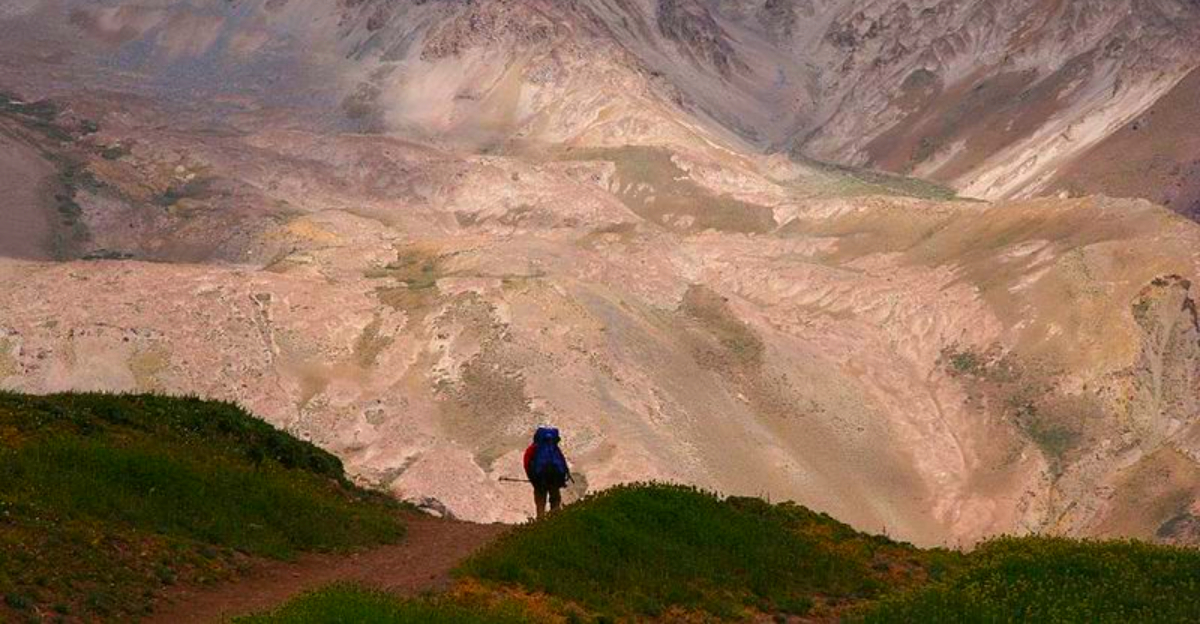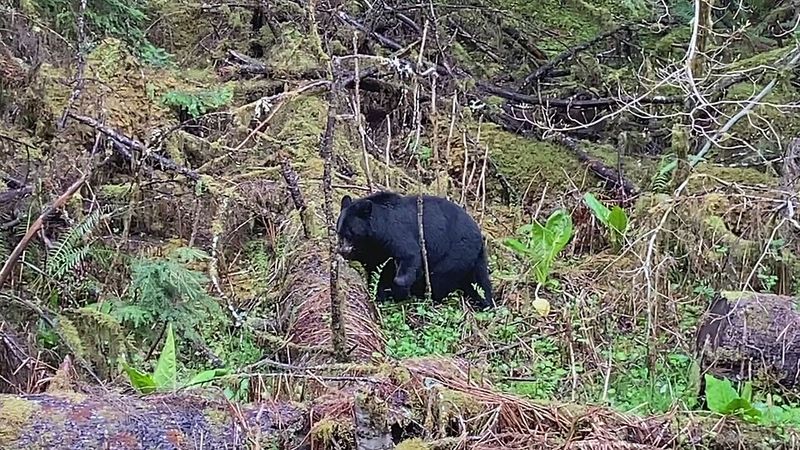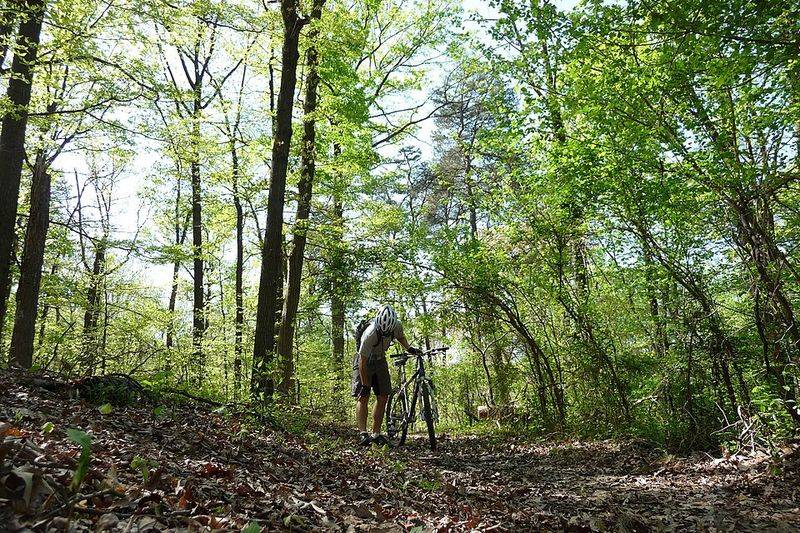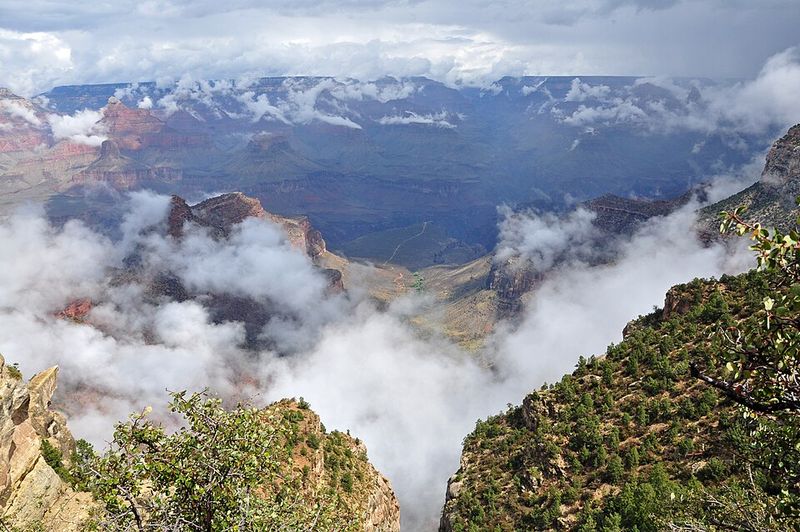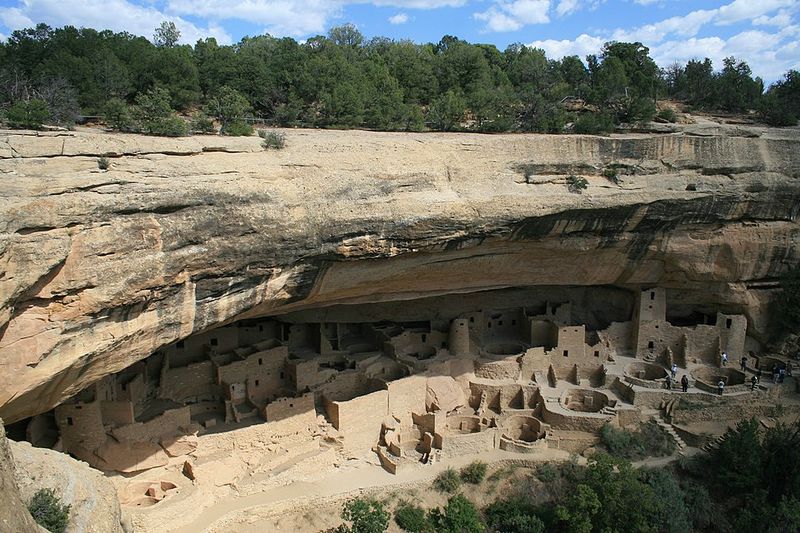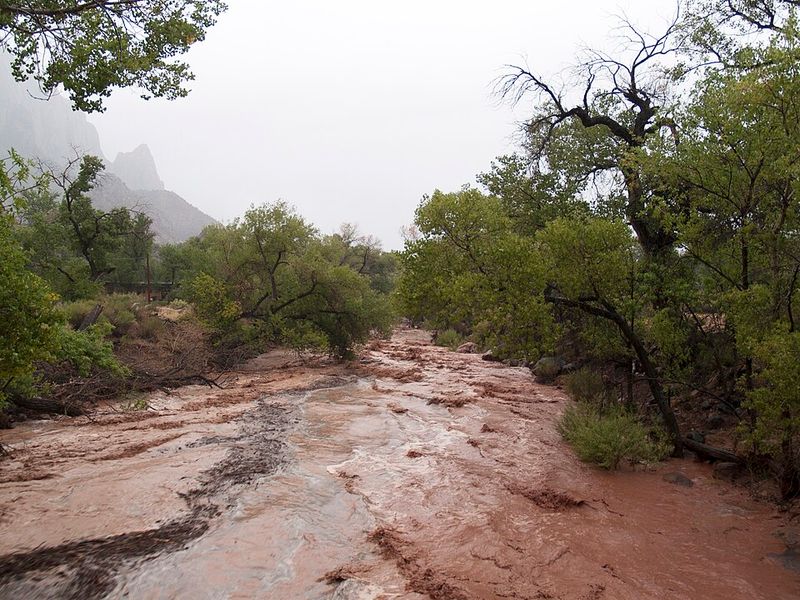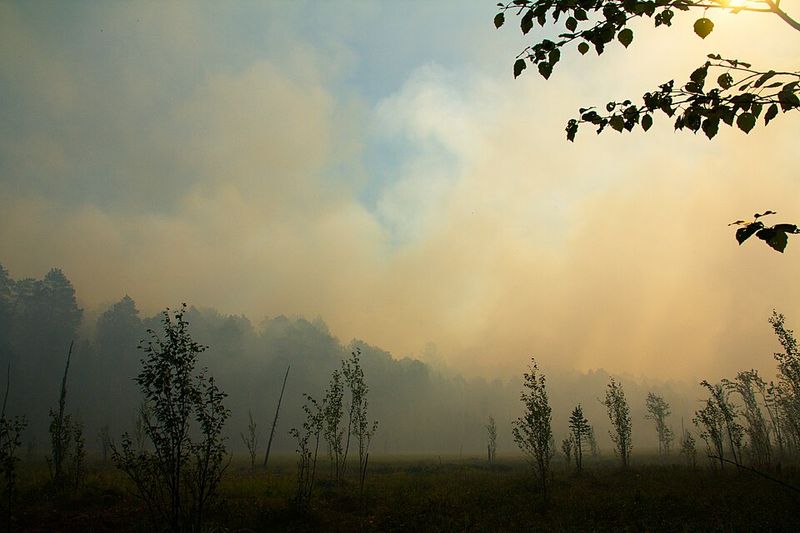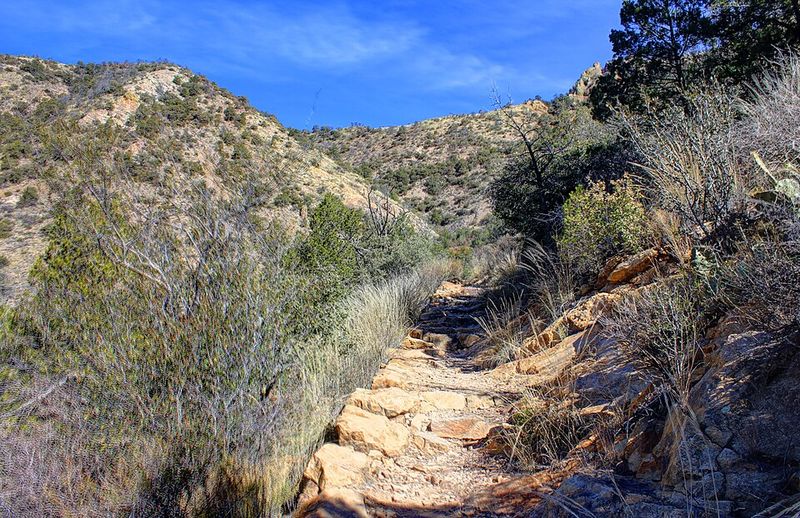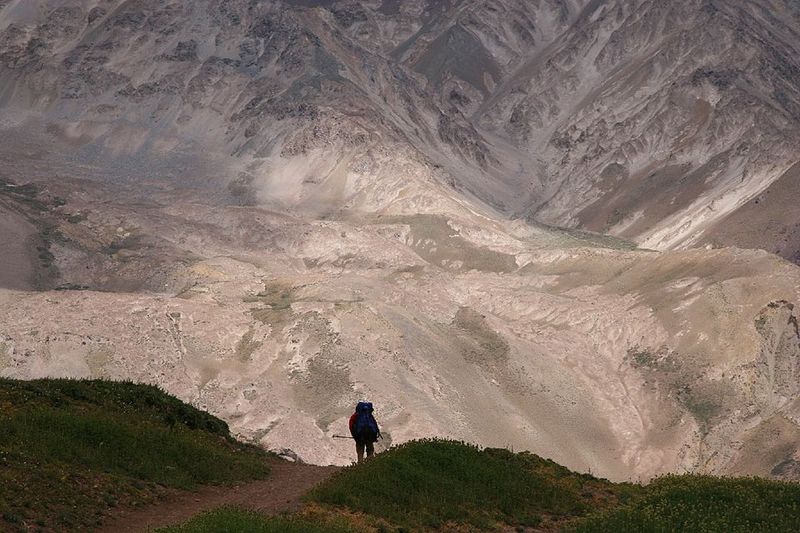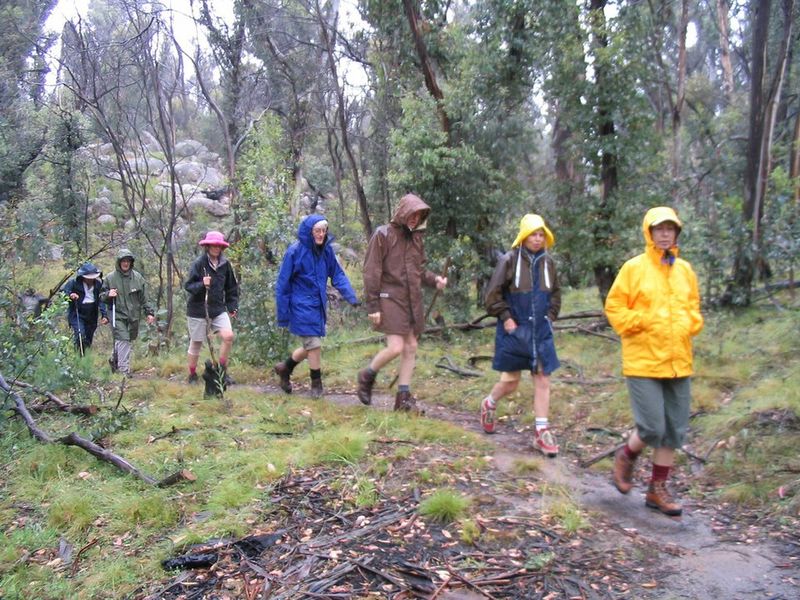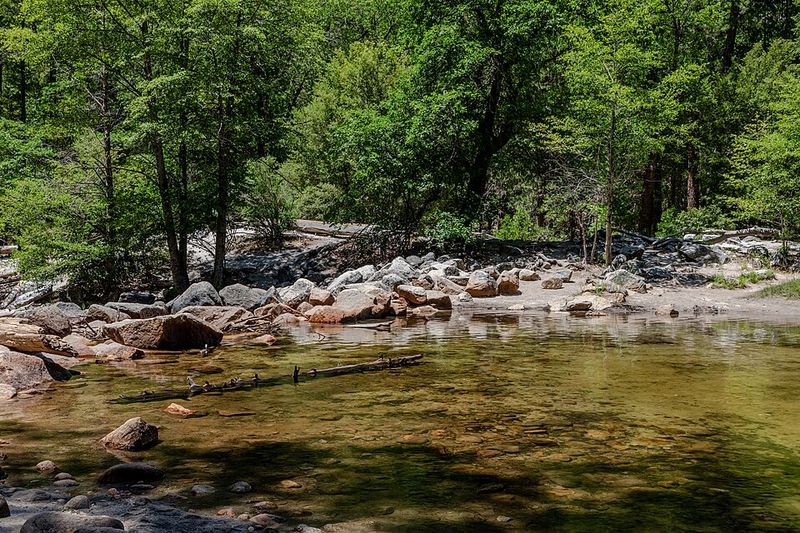America’s national parks offer breathtaking views, unforgettable hikes, and peaceful retreats – but behind their beauty lie some surprising risks. Whether you’re a seasoned adventurer or a first-time visitor, it’s important to know the hidden dangers that could turn a dream trip into a nightmare.
1. Unpredictable Wildlife Encounters
In the wilderness of America’s national parks, a chance encounter with wildlife can be both thrilling and dangerous. Animals like bears and bison roam freely, and their behavior can be unpredictable. Each year, visitors eager for a close-up shot end up injured when they misjudge an animal’s mood or territory.
Maintaining a respectful distance is crucial. Understanding animal behavior and adhering to park guidelines are essential for safety. For example, staying at least 100 yards from predators can reduce the risk of an attack.
These creatures are not only majestic but also potentially hazardous. Always remember: in their home, you are the visitor. Your safety depends on respecting their space and following park rules.
2. Dehydration and Heatstroke
The searing sun of the Grand Canyon can be a formidable foe. Hikers often underestimate the amount of water needed, leading to dehydration and heatstroke. The dry desert air quickly saps moisture, and without proper hydration, the body struggles to cope.
Carrying more water than expected is not just wise but essential. Frequent breaks and seeking shade during peak sun hours can prevent a dangerous situation.
Heat-related emergencies are common, yet preventable. A little preparation goes a long way. Remember, even in cooler areas, exertion can lead to dehydration. Stay vigilant and prioritize your health over heroics.
3. Sudden Weather Changes
The skies above Glacier National Park can be deceptively calm, only to unleash a tempest in mere hours. Visitors often find themselves unprepared for rapid shifts from sunshine to snow or thunderstorms.
Checking weather forecasts and dressing in layers are vital precautions. Lightning strikes pose a significant danger, especially in vast open spaces.
A clear morning can quickly turn treacherous. Hikers should always be prepared for the unexpected. Awareness and adaptability are key to navigating these unpredictable changes safely.
4. Falls from Cliffs and Lookouts
The allure of Yosemite’s stunning cliffs can lead visitors too close to danger. Scenic overlooks often lack railings, tempting adventurers to venture too near the edge for that perfect shot.
Every year, tragic accidents occur when individuals misjudge their footing or engage in risky behavior. Staying on marked paths and exercising caution can prevent these incidents.
The breathtaking views are best enjoyed from a safe distance. Common sense and awareness can be the difference between awe-inspiring experiences and perilous mishaps.
5. Flash Floods
Zion’s mesmerizing slot canyons can become treacherous traps when flash floods strike. Even storms miles away can send torrents of water rushing through these narrow passages.
Understanding weather patterns and avoiding slot canyons during rain forecasts are crucial. Knowing escape routes can save lives.
The serene beauty is deceptive; preparation and awareness are vital. Floodwaters rise rapidly, leaving little time for escape. Always prioritize safety over adventure in these stunning yet hazardous landscapes.
6. Carbon Monoxide in Campgrounds
Camping under the stars comes with its own hidden risks. Using camp stoves or heaters in tents can lead to carbon monoxide buildup, posing a silent danger.
Ensuring proper ventilation is crucial. This colorless, odorless gas can quickly become lethal in enclosed spaces.
Awareness and caution can prevent tragedy. Always follow safety guidelines and use equipment properly to enjoy a worry-free camping experience.
7. Getting Lost Without Cell Service
The vast expanses of national parks often leave visitors disconnected from the grid. Without cell service, a simple wrong turn can mean hours or even days of wandering.
Bringing a physical map and sharing your plan with someone are essential steps. Sticking to well-marked trails is another safeguard.
The thrill of exploration shouldn’t come at the cost of safety. Preparation and caution are your best allies in the wild. Remember, technology isn’t foolproof in these remote areas; traditional navigation skills are invaluable.
8. Altitude Sickness
The majestic heights of Rocky Mountain National Park entice climbers but bring the risk of altitude sickness. As elevation increases, so does the potential for headaches, nausea, and fatigue.
Acclimating slowly and recognizing symptoms early can prevent serious health issues. Staying hydrated and taking it easy are important strategies.
Altitude sickness can quickly turn a thrilling ascent into a dangerous ordeal. Awareness and patience are key to enjoying these breathtaking heights safely. Elevation is not just a number; it’s a challenge to respect.
9. Hypothermia in Warm Months
Even summer days in Yellowstone can surprise with cold rain and biting winds. Hypothermia is not just a winter risk; it can strike quickly if you’re unprepared.
Wearing moisture-wicking layers and packing dry clothing are essential precautions. Avoiding prolonged exposure to cold and wet conditions is crucial.
Unexpected chills can turn an adventure into an emergency. Staying dry and warm helps prevent hypothermia, ensuring a safe and enjoyable experience in this iconic park.
10. Deadly Water Currents
The tranquil waters of Yosemite’s rivers and lakes can hide deadly hazards. Hidden currents and slippery rocks make them perilous for swimmers.
Drowning incidents outnumber animal attacks, underscoring the deceptive nature of these inviting waters. Sticking to designated swimming areas is vital.
Water safety is paramount. Understanding and respecting the power of water can prevent tragedy, ensuring memories made are happy ones. The beauty of these waters belies their strength; caution is key.
